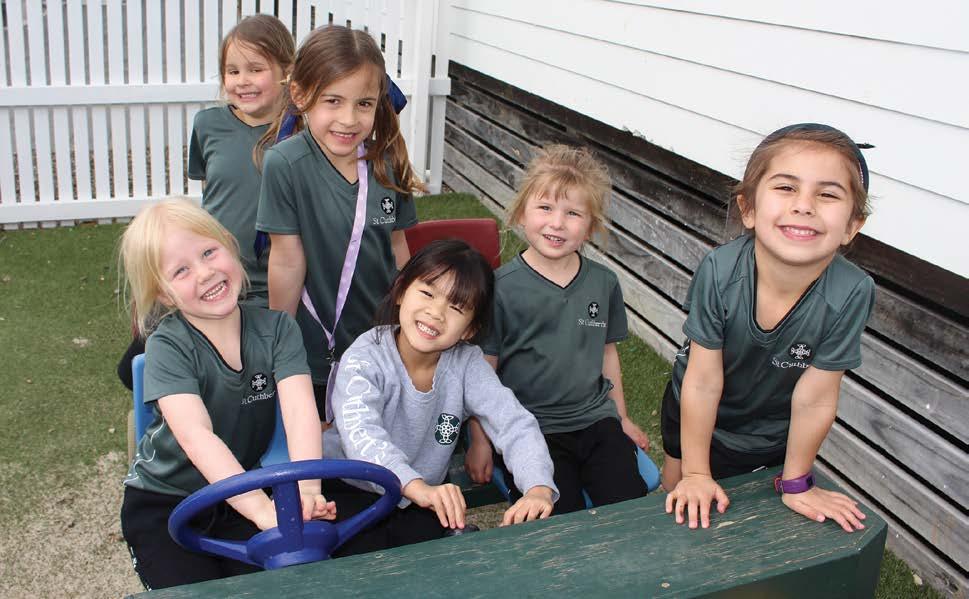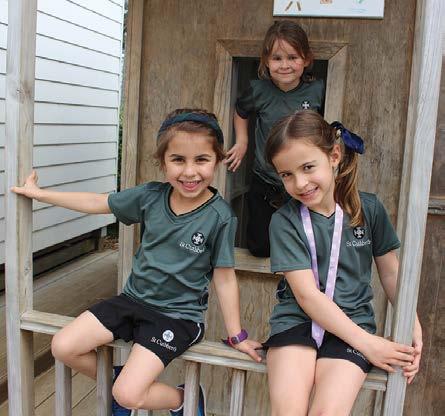
2 minute read
FUTURE GENERATION
A sense of belonging starting at age five
Starting school is a time of significant cognitive overload as students navigate their new school world, five days in a row. It is also a time of immense social growth.
While many people may think of children having or needing a best friend or a tight social group at this age, the reality may be different to what you might expect.
The St Cuthbert’s Junior School team has many areas of expertise including supporting key transitions. Head of St Cuthbert’s Junior School, Kerry Oldman, provides insight into what friendships look like for the school’s newest members.
“At this tender age, play is all about openness, inclusivity and acceptance,” says Kerry. “We encourage group play and getting to know and collaborate with all members of the class – it’s the foundation of some really important life skills.
“We may still see children observing, before stepping in to play, or students choosing to play alongside or parallel to others rather than being immersed in group or one-on-one play, and this is absolutely acceptable.”
Parents are often interested to learn who their child is connecting with and how friendships are progressing. While it may be a parent’s first thought of who their daughter played with during their day, Kerry says a more important question to ask is what your child did – this shifts the emphasis from the focus on friendships to a spotlight on the activities their child has engaged in.
“The St Cuthbert’s motto of ‘By Love Serve’ starts from the beginning. modelled by teachers which assists our girls to make connections. Kindness, learning from others and reaching out are all encouraged.”
She adds, “At this age and stage the focus on friendship development is based on interacting with as many girls as possible. This is

achieved through learning groups which are changed regularly, so girls have the opportunity to sit with others. A teacher may also set up ‘play dates’ in the classroom which means asking groups of girls to undertake different activities and focus on working together. It is a balance of teacher-led guidance and hands-off time. At break times the classes come together to eat meals before heading out A smile, warmth, being a good friend and engagement, are role-
to play.”
Kerry concludes, “When children feel safe, and that they belong, they become open to learning and can succeed at every level. Our new entrants flourish in this environment where they feel confident to be themselves and are happy. We surround girls in a buoyant, positive and caring atmosphere where they can really thrive.” PN










